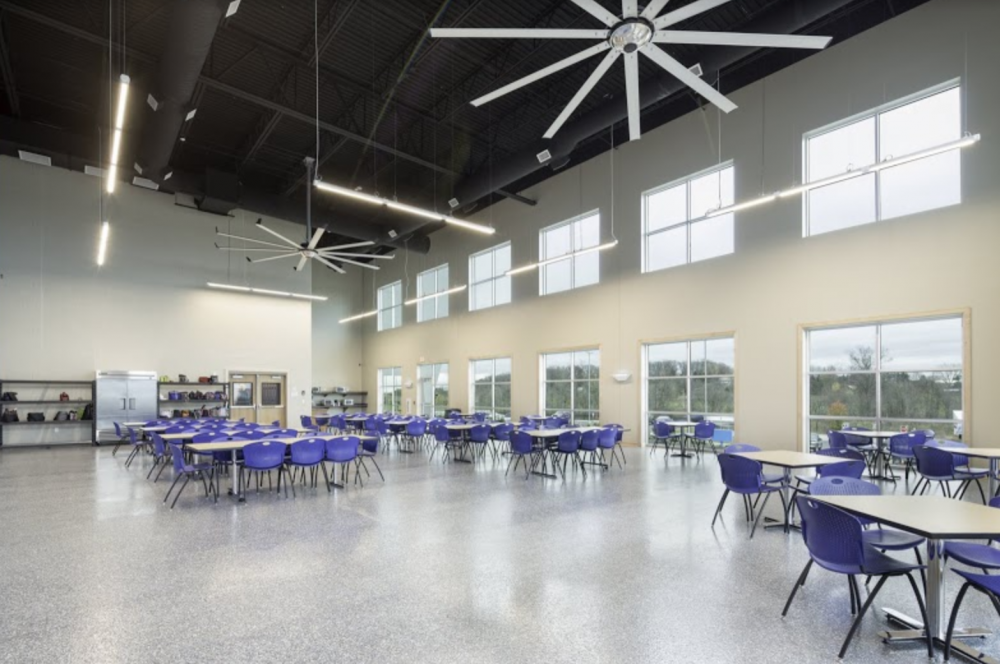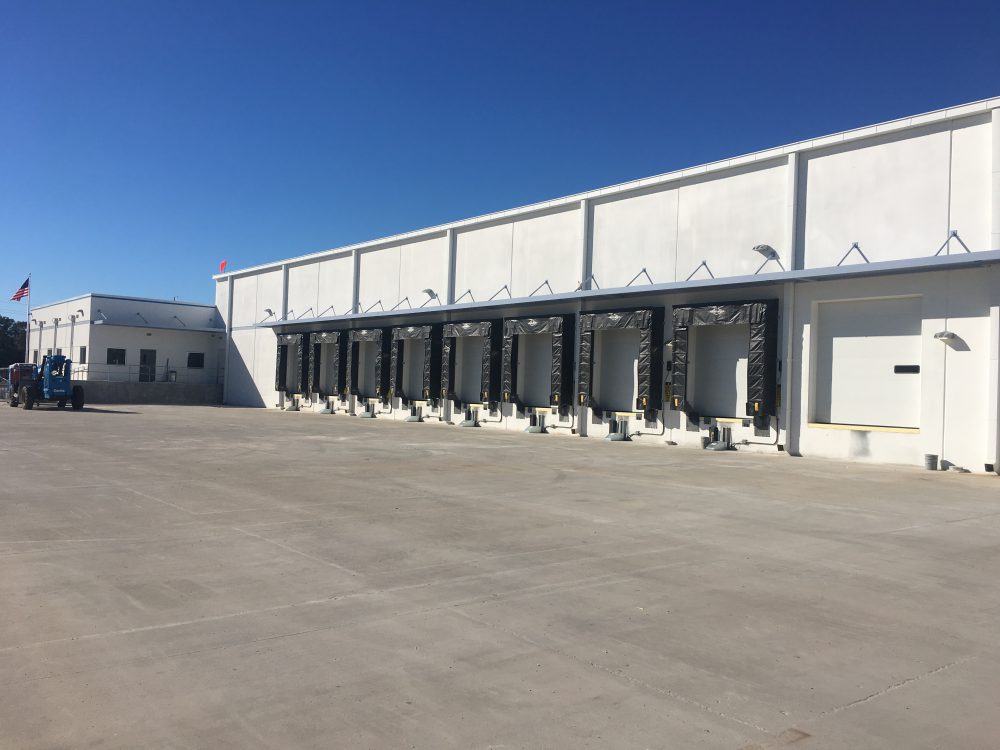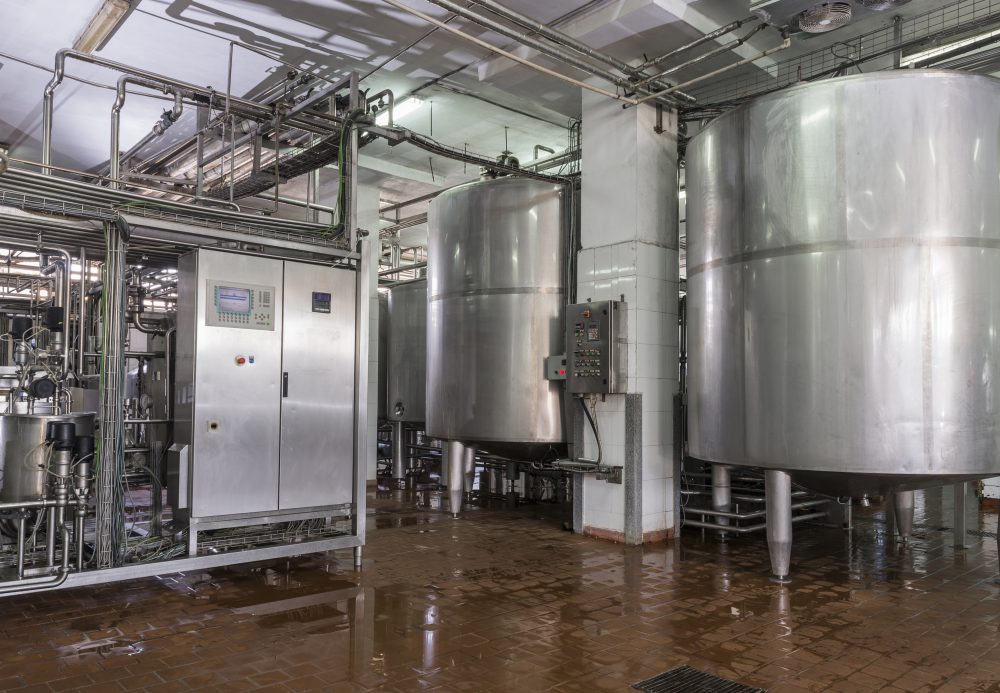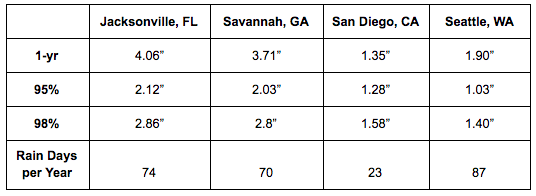Get Started with Cloud-based Asset Management in Your Food Processing Plant
You’ve likely heard a lot about Industry 4.0 and the impact of predictive and prescriptive maintenance on the food and beverage industry. It can sound overwhelming, but it doesn’t have to be. In fact, a few basic investments and the right partner can help streamline the way your facility operates and communicates
Food manufacturing facilities are complex and have various ecosystems operating at different levels, including:
- Raw materials and receiving
- Processing and KPIs
- Monitoring (HMIs, PLCs and networks)
- Inventory and work orders (ERP and PRM)
- Packaging and distribution
- Quality, process safety management (PSM) and safety
But all of these systems don’t always talk to each other. In many facilities, an equipment failure triggers a lengthy domino effect: Maintenance staff has to assess the problem, create a work order, check if a replacement part is available and so on.
Does this scenario sound familiar?
Continue Reading “Get Started with Cloud-based Asset Management in Your Food Processing Plant”






![Do These 5 Things to Maintain Food Safety in Your Older Facility [Infographic]](https://stellarfoodforthought.net/wp-content/uploads/2018/02/Screen-Shot-2018-02-23-at-12.32.42-PM.png)





